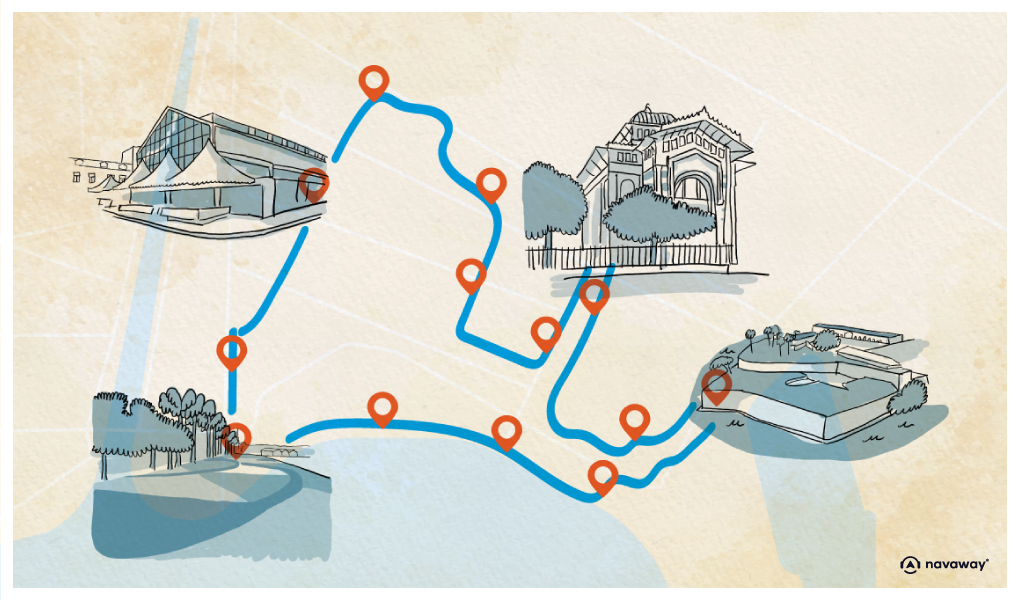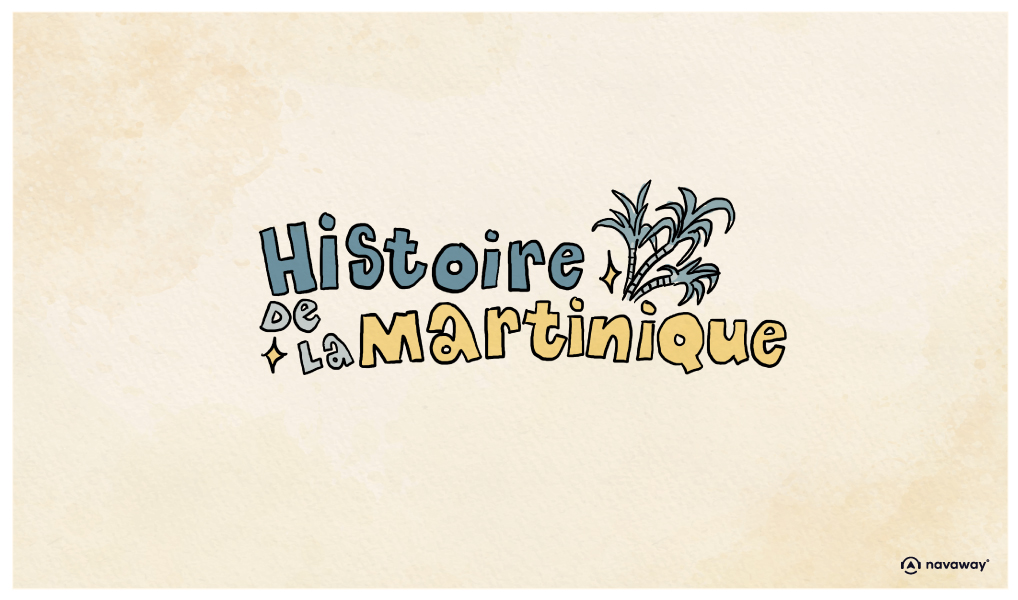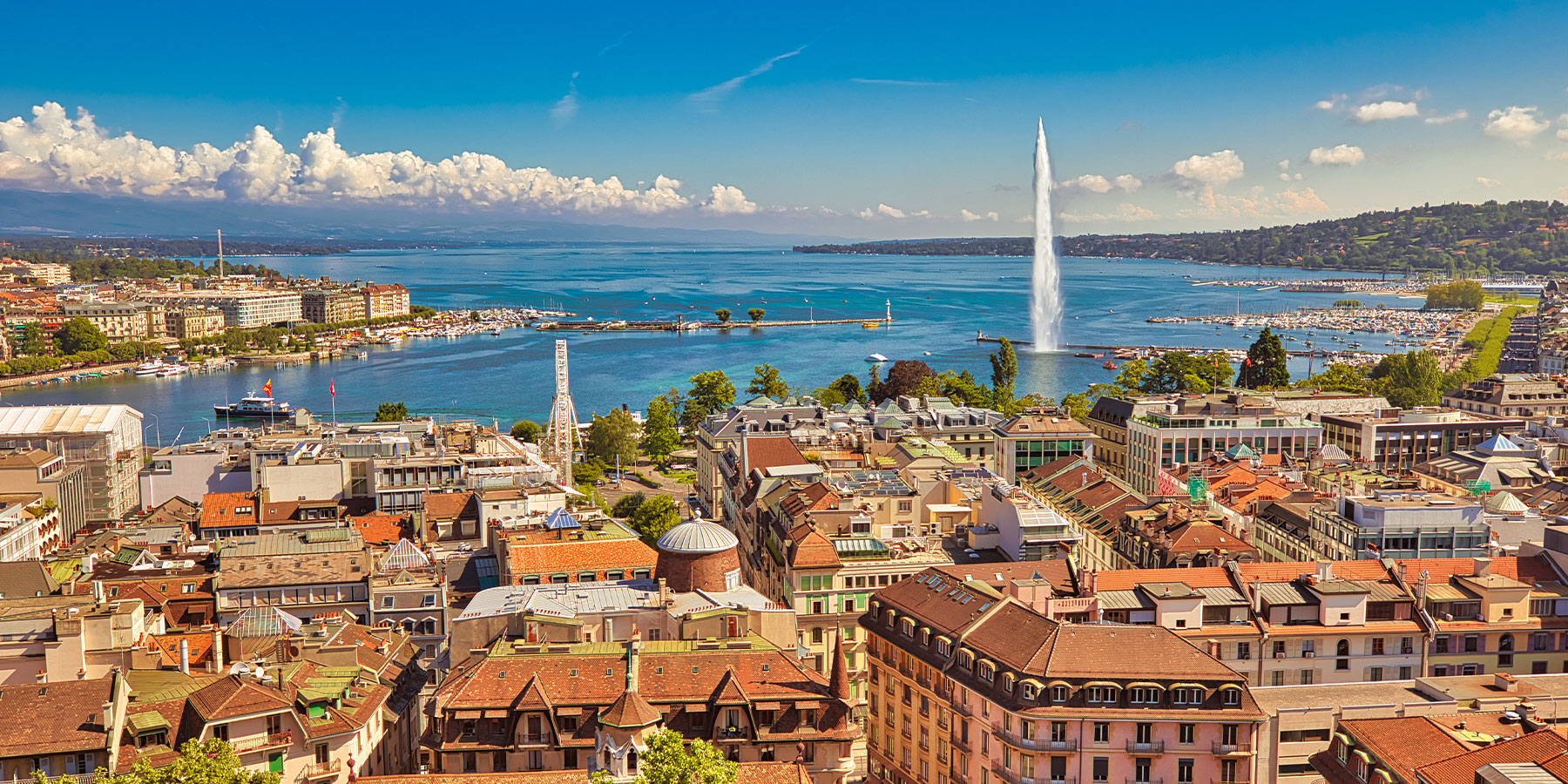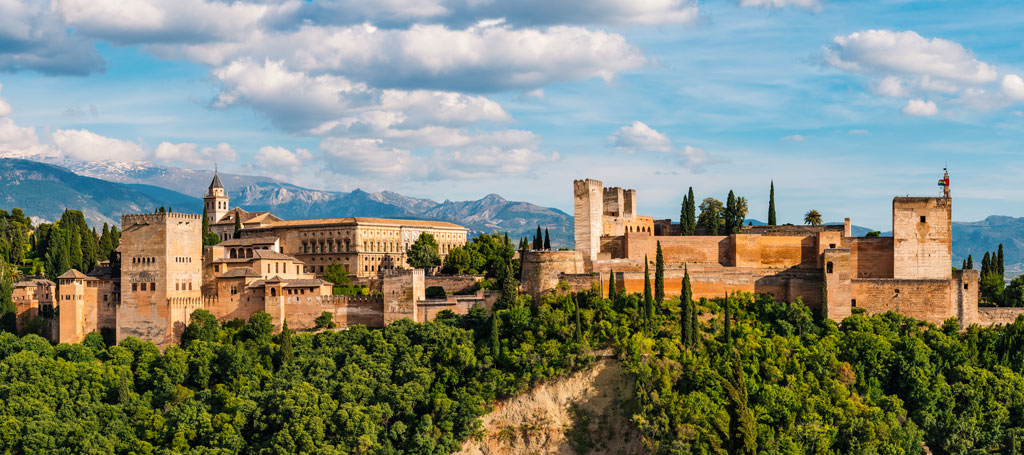
History of Martinique

This point of interest is available as audio on the tour: Visit Fort-de-France, Welcome to the Island of Flowers
Take a seat on one of the benches nearby and get comfortable—we’re about to take a journey through the fascinating history of Martinique. Long before the arrival of Europeans, the island was home to the Arawak people, who had settled around Mount Pelée over 2,000 years ago. They chose the area for its rich volcanic soil and the abundance of fish in the surrounding waters. If you’re curious, you can see some of their beautifully crafted pottery at the pre-Columbian archaeological museum we passed earlier. About a thousand years later, the Caribs also made their way to the island. Early European accounts painted them as cannibals who wiped out the Arawaks, but modern research has shown that these stories were largely fabricated—part of a colonial narrative used to justify conquest. Christopher Columbus landed on Martinique in 1502, though the island had already appeared on Spanish maps two years earlier under the name “Iguana Island.” As for the name “Martinique,” it likely comes from “Matinino”—which might mean “island of flowers” in the local language, or perhaps a reference to “little Saint Martin” in Spanish. Martinique’s history is deeply tied to the age of exploration, marked by fierce competition among European powers in their quest for land and riches in the so-called New World. At first, only Spain and Portugal divided the spoils, thanks to the Treaty of Tordesillas. But by the 16th century, the French, English, and Dutch had joined the race. By the end of that century, Spain’s monopoly had collapsed. In 1635, a French adventurer named Belain d’Esnambuc landed on Martinique’s western coast with around a hundred men, under orders from Cardinal Richelieu. Despite fierce resistance, the Indigenous people were gradually driven back to the Caravelle Peninsula—and eventually, most were wiped out. The Company of the Islands of America quickly realized that sugarcane would be the key to making the island profitable. Though sugar was incredibly labor-intensive, and they needed a massive workforce. That’s when the transatlantic slave trade began. In under a century, more than 100,000 Africans were forcibly brought to Martinique. The plantations—known as habitations—were handed over to French aristocrats looking for fortune and adventure. In 1664, Louis XIV gave control of the French West Indies to a new company: the East India Company. Around that time, he also introduced the infamous Code Noir—the Black Code—which laid out laws governing the lives of enslaved people. While the plantation owners grew wealthy, enslaved Africans endured horrific violence, deprivation, and death. It’s estimated that during Louis XIV’s reign, about 400,000 people in France depended economically on the slave trade and commerce with the Caribbean. Martinique became one of France’s most prized colonies—which helps explain why the British tried to seize it so often. Daily life was marked by rebellion, war, and clashes between rival factions. Slavery was finally abolished in 1848. Around the same time, Europe discovered it could also produce sugar from beets, which undercut the Caribbean industry. Plantation owners tried to replace enslaved laborers with free workers from India and Asia, but many operations collapsed. To survive, many plantations pivoted to a much more profitable product: rum. By the 20th century, Martinique had become the world’s leading exporter of rum. Of course, the shift to freedom didn’t happen overnight. Thousands of men, women, and children who had once been enslaved had to find new ways to live, rebuild their identities, and face persistent discrimination. Today, the history of slavery in Martinique is widely commemorated and taught in schools, helping younger generations understand the struggles and resilience of their ancestors. The abolition of slavery also shaped Martinique’s rich cultural diversity. To fill labor shortages, people came from across the globe—India, China, Syria, and nearby Caribbean islands. They brought their traditions, their cuisine, their languages and beliefs, all of which blended into what we now know as the vibrant, multicultural “island of flowers.” And that brings our historical overview to a close.


Discover Fort-de-France with app
An interactive guide through the most beautiful streets, squares, and districts
14 fun audioguides full of historical facts, anecdotes, and legends





Comments